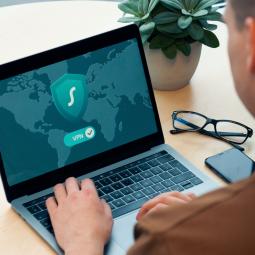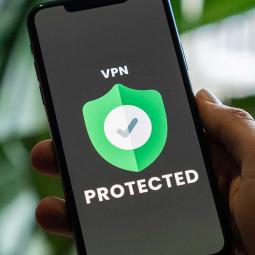As part of a global initiative held in February each year, Safer Internet Day calls on us all to do our part in upholding the safety of the online environment.
The 2022 Safer Internet Day hashtag, #PlayitFairOnline, reflects our responsibility in ensuring that we have positive and safe online experiences all year round.
Recently, we have spent more time online with more people working remotely, connecting with their loved ones through video conferencing or social media platforms and children doing remote learning and engaging more with their peers online.
As the online world continues to merge with the physical world around us, it is more important than ever to promote and understand how to use technology safely and build digital literacy.
Like locking your house or securing your physical wallet, there are measures you can take to secure the online environment in which you participate.
These include:
- Using a strong, unique password or passphrase for online accounts, particularly for those accounts that hold information you would consider sensitive.
- Taking advantage of multi-factor authentication where possible.
- For online systems that require security questions, ensure that you don’t base responses on information that other people could know.
- Keeping your devices up to date with the latest software and applications. This is key to preventing malicious programs from affecting your device. Using anti-virus software will assist in protecting your device.
- Being vigilant with requests received via email, phone call, text message, messaging apps or social media platforms that request you to open attachments or provide personal information. These may be social engineering attempts such as phishing to obtain passwords, other personal information or install malicious software on your devices. Online users are also frequently targeted by scams of various types. Knowing how to protect yourself from scams is critical.
In an organisational context, you should have essential security measures in place for protection against online threats. Consider your cyber security posture against the domains of cyber security.
Australia’s eSafety Commissioner Julie Inman Grant has previously stated that safety, privacy and security are three legs of the same stool. In addition to the security practices mentioned above, considering data privacy protection measures when using online services is vital to understanding how your personal information is collected and used. Some measures to be aware of include:
- Checking the privacy settings of online platforms such as social media apps.
- Being aware of which apps have location settings enabled. While these are very useful for map apps and other types of technology, malicious actors can also use them to track you. You can choose when and with whom to share your location.
- When a service asks you to provide your personal information, be aware of how you expect the service to use it. Double-check they make this clear at the point your personal information is collected.
The Online Safety Act (2021) is new legislation in Australia that makes Australia’s online safety laws stronger. While this Act includes a range of enforcement powers that the eSafety Commissioner can apply, we must all do our part to play it safe and fair online.






Status message
Thanks for rating this guide.